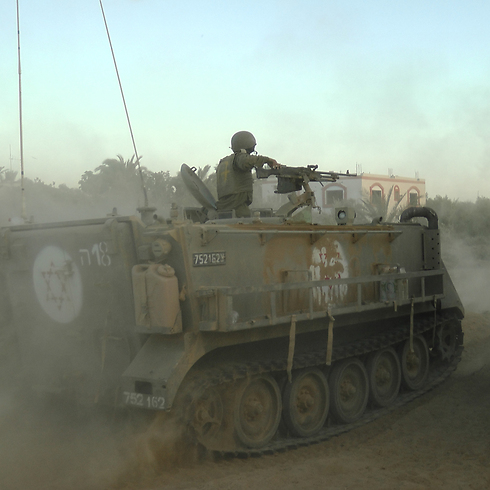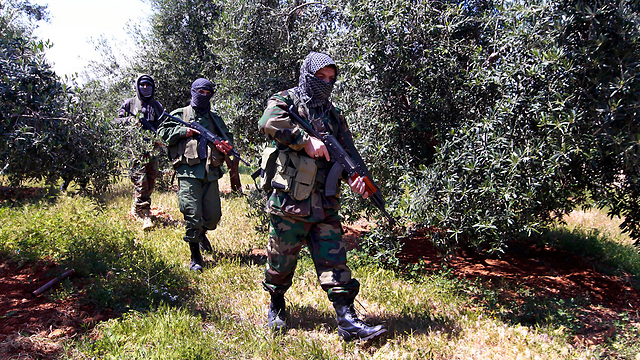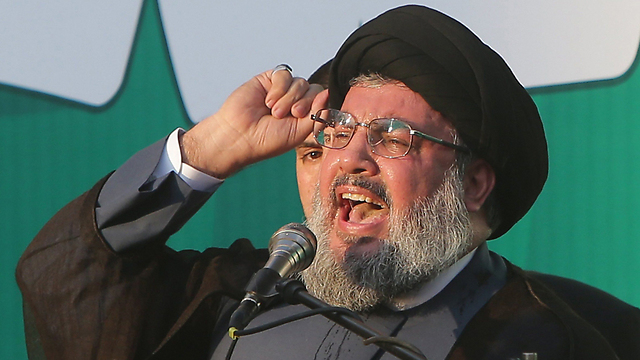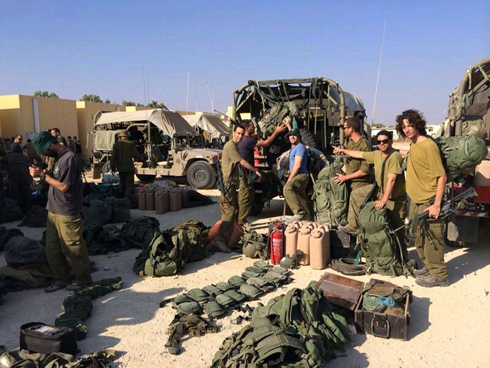
Israel's next war will be fought on northern front
Op-ed: What worked in fight against Hamas might not be enough in fight against Nasrallah. To deal with 100,000 rockets and thousands of Hezbollah fighters gaining precious operational experience on Syrian battlefields, IDF needs a budget increase.
NIS 9 billion? NIS 11 billion? Perhaps just NIS 5 billion? It is unclear how high the addition to the defense budget is going to be. It is also not certain there is someone outside the defense establishment that could gauge the amount needed. But one thing is clear after the last war in Gaza: What happened, cannot repeat itself.
In the last four years the IDF hasn't had even one multi-year plan. The never-ending battle over the budget has forced the military to undertake only short-term plans, ones confined to one year ahead. That is why the army could not properly prepare its forces for the war. That is why it cannot save money by purchasing arms in bulk. The fight for the budget has harmed the IDF's preparedness for the war, and the army went into Gaza in near total shutdown.
The Gaza Strip, it's important to note, is the least grave of all of the threats Israel is facing. Just as several of the country's leaders buried their heads in the sand when it came to the threat of the tunnels, in the future, the fact we are not prepared to deal with a war on the northern border could blow up in our faces.
As Hezbollah grows stronger, and global terrorism is gaining traction, we can already see this challenge would be a much more serious. And no, this isn't just about the threat from Lebanon – it is one arena that includes two fronts: Both the land of cedars and Assad's domain. After 300 Hezbollah fighters have been killed in Syria, it is obvious the Syrian president will return the favor.
Those who are closely familiar with the threats on that border and are familiar with the IDF's level of preparedness to these threats, should be very worried.
In addition to minimizing conscript units' trainings and cancelling training for reservist battalions - who make up the main fighting force in case of a war in the north - the army is also ill-equipped with protective tools.
Nowadays, the IDF has a very small amount of Namer armored personnel carriers (APC) that can provide proper protection. The rest are light M113 APCs (nicknamed Zelda), and we've already seen how safe they are in the APC disaster during Operation Protective Edge. Had the public known the numerical ratio between the Zeldas and the Namers, it would've been outraged.
In a war in Lebanon, these old APCs would turn into a real death trap when facing Hezbollah's advanced anti-tank missiles. Since the army only has a small amount of Trophy active protection systems (APS), many of the advanced APCs would be left exposed as well.
As far as aerial protection is concerned, the situation is not much better. The IDF currently has only nine Iron Dome batteries, and it is clear they won't be enough to protect Israel from the catastrophe of thousands of rockets launched at its population. The David's Sling missile defense system, which is capable of intercepting long-range rockets and missiles, will only become operational in over a year, and even then it'll have one main shortcoming: One interception would cost $1 million.
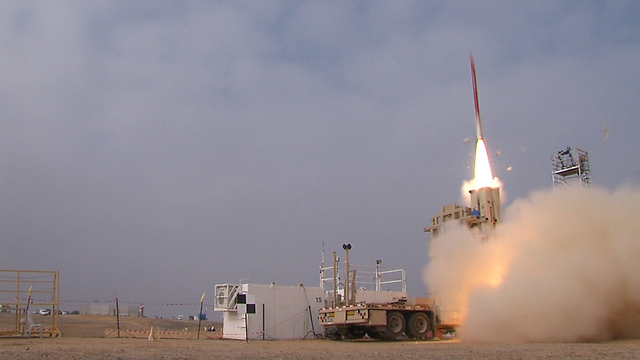
If we glance northward we'd see that Hezbollah is currently doing the complete opposite of Israel: It is arming itself, it's getting stronger and it's getting more advanced. This is according to high ranking officers in the Galilee Division, and Hezbollah experts in Army Intelligence. The organization armed itself with 100,000 rockets of different kinds, which are heavier, more accurate and can reach longer ranges than those Hezbollah used in 2006. Hezbollah's launching ability currently stands at 1,000 rockets a day - and Israel doesn't have an appropriate answer to counter that.
While our reservists, because of insufficient budget, were sitting in their living rooms instead of going to Tze'elim for training, Nasrallah has turned the Al-Qusayr area in Syria to his own Tze'elim.
Over 5,000 fighters and commanders are up to their necks in fighting in Syria at any given moment, gaining a lot of experience. Each of the organization's fighters had at least one tour in Syria, and learned how to fight in armed forces not unlike regular armies. Hezbollah fighters have also turned into Assad's top fighting forces, the ones that conduct the most sensitive missions. In addition, the organization's fighters have trained to improve launching of long-range rockets, which are considered critical for their next war against Israel. In fact, in the past three years, Hezbollah fighters have underwent training under fire - the dream of any combatant organization.
In the past, Narasallah promised that next time, he would take over the Galilee. To achieve that, Hezbollah doesn't even need tunnels. It's enough for its special forces to cross the border and take over one of the Israeli communities.
The Northern Command knows the Hezbollah leader's warnings are serious, and because of that, the Command dramatically changed its battle plan, adding defensive elements to it. Just like in Gaza, except that in the north, the challenge is that much harder.
There are those who say Hezbollah has no interest in starting a war tomorrow morning. The organization has its hands full fighting in Syria, they explain, while ISIS and other jihadist groups challenge it inside Lebanon.
But even if the opening shot of the war in the north is still a way off, it's important to see the full picture – Hezbollah is building up its strength as IDF troops get rusty.
A senior officer in the General Staff, one who is considered level-headed, is saying Israel must wake up. According to him, if the ground forces are not strong enough, they'll run into trouble in the north.
So what's the solution? The army will have to use the additions to the budget to train the reservists. The IDF also needs to allocate funds to the acquisition of the most advanced systems and tools, and perhaps finally setting up a multi-year plan for arming.
In the same spirit, Defense Minister Moshe Ya'alon said Thursday that "We must not get to a situation in which, in a few years from now, we'll look back and say with regret that not investing in security was an irresponsible move that we've paid a heavy price for."
Additionally, the army will have to alter the perception that leans solely on aerial attacks and intelligence and neglects the ground forces - a perception that turned out to be wrong in the Gaza war. To bridge those gaps, the IDF will have to immediately transfer budgets from the Air Force to the Ground Force.
Major-generals in the General Staff have been publicly saying the army could, for example, give up some of the 19 F-35 stealth fighter planes it had ordered and have yet to arrive. Each of these F-35 planes costs $140 million, and the money saved should be allocated to the army's immediate and urgent needs. The IDF can still deal with threats with only 15 stealth fighter planes, but without ground forces - it won't end well.











